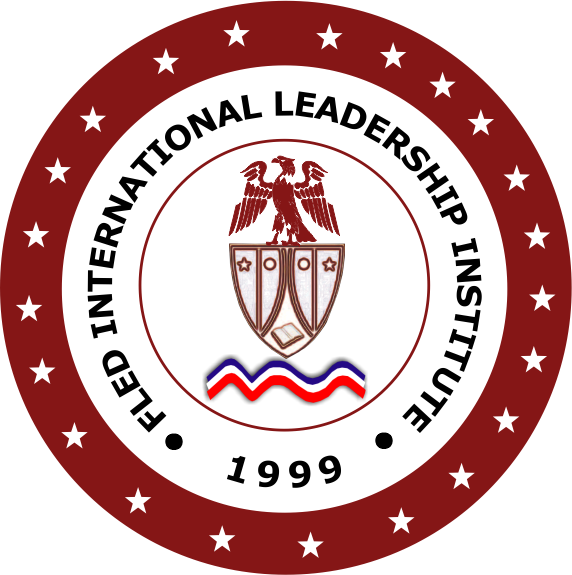How Digital Technologies are Improving Educational Deliveries

How Digital Technologies are Improving Educational Deliveries
By Abbah Christy
Digital technologies are revolutionizing education by improving teaching, learning, and assessment techniques. They provide opportunities for crafting engaging, customized learning experiences, enhancing resource accessibility, and fostering collaboration among students and teachers. Nevertheless, issues related to equitable access, data privacy, and the necessity for digital literacy must also be confronted.
Here’s a more in-depth exploration of the impact of digital technologies on education:
1. Enhancing Learning and Engagement:
• Interactive and Customized Learning:
Digital tools such as educational applications, simulations, and virtual reality can make education more interactive and tailored to the unique needs and learning styles of individual students.
• Broader Access to Resources:
The internet opens up a vast array of information, research, and educational content, broadening learning possibilities beyond conventional textbooks and classrooms.
• Increased Student Participation:
Technology can render learning more enjoyable and engaging, which may boost student motivation and involvement.
• Enhanced Communication and Collaboration:
Digital tools enable effective communication and teamwork among students and teachers via online platforms, discussion boards, and project-based learning activities.
2. Transforming Teaching and Assessment:
• More Streamlined and Effective Teaching:
Digital tools assist educators in simplifying administrative duties, managing resources, and tracking student progress, allowing them to dedicate more time to personalized instruction.
• Innovative Assessment Approaches:
Digital technologies allow various assessment strategies, such as online tests, interactive simulations, and tailored feedback mechanisms.
• Insights Based on Data:
Data analytics tools can provide teachers with insights into student performance and highlight areas where additional support may be necessary.
• Customized Learning Paths:
By examining student data, educators can design individualized learning paths that address specific needs and learning preferences.
3. Tackling Challenges and Guaranteeing Equal Access:
• Data Privacy and Security:
Safeguarding student information and ensuring responsible technology use is critical.
• Teacher Training and Assistance:
Educators require sufficient training and support to effectively incorporate digital technologies into their instructional methods.
• Fostering Digital Literacy:
Students must acquire digital literacy skills, which encompass critical thinking, evaluating information, and practicing responsible online behavior.
In summary, digital technologies hold significant potential to reshape education; however, it is vital to confront challenges and ensure that technology is utilized effectively and fairly to enhance learning opportunities for all students.








